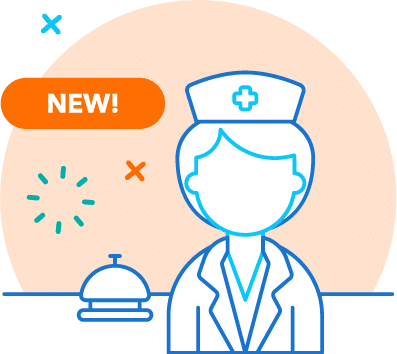Helpful Links:
Which care option is right for you?
Below you can find care options broken up into 5 distinct categories, defined by their availabiltiy and listed in order from least severe symptoms, to the most severe.

* The Plan determines which conditions and symptoms are medical emergencies using the “prudent layperson” definition of emergency. A prudent layperson is someone who possesses an average knowledge of health and medicine and, therefore, is able to determine that the absence of immediate medical attention may result in a serious medical condition for an ill or injured person. For example, if someone goes to the emergency room with chest pains and the situation turns out to be indigestion, a prudent layperson would agree that seeking emergency care was appropriate.











